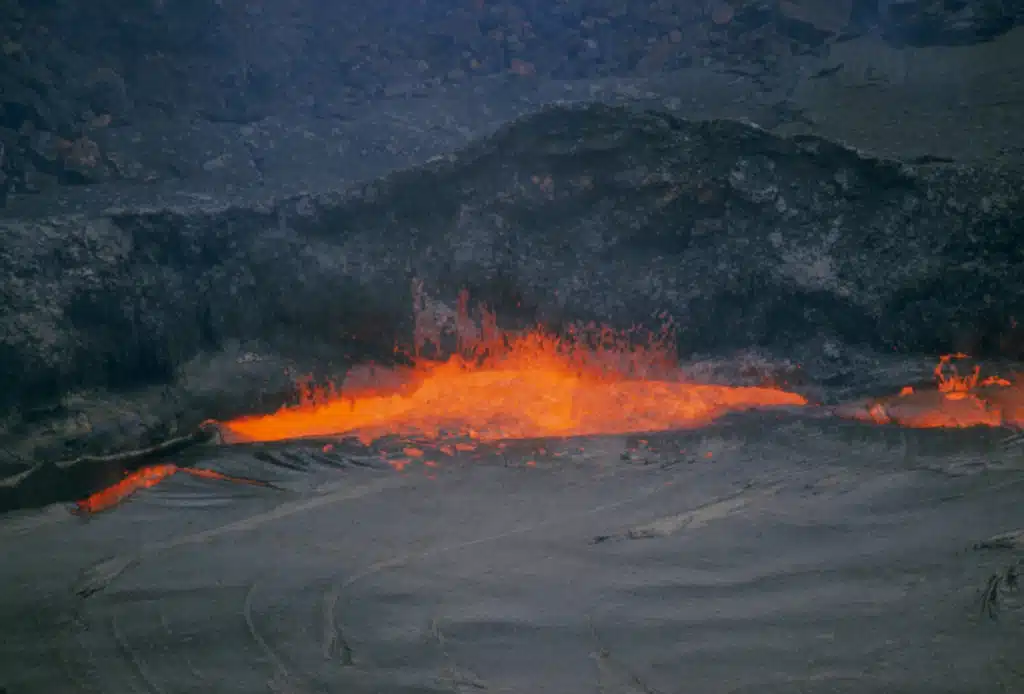Researchers in Monash University’s Australian Crustal Research Centre have made a discovery that could have important implications for pinpointing where to look for large deposits of metal.
While the Earth’s crust had previously been thought to be the source of most metals, these new findings suggest that they in fact originate much deeper, in the mantle.
Many ore deposits are brought to the surface during volcanic events caused by the collision of large pieces of the Earth’s crust.
Dr. Jannene McBride, a Research Fellow with the Australian Crustal Research Centre in the Department of Earth Sciences, spent considerable time with her team studying the giant Ladolam gold deposit in Papua New Guinea
“We are trying to understand where the metal in large metal ore deposits comes from and why they form large deposits. If we can develop an understanding of these issues it will aid in the exploration for new ore deposits,” Dr. McBride said.
She said the team chose the Ladolam deposit as a study site because it sits above a subduction zone. This is a structure formed after plates collide and old crust is forced down into the earth.
“The sea-floor volcanoes near the Ladolam gold deposit brought pieces of deep crust and mantle to the surface, and that makes it a particularly interesting site,” Dr. McBride said.
“Many of the mantle rocks were found to be highly veined and we were able to show that these veins contained as much as 800 times as much gold and copper as the surrounding mantle.”
According to Dr. McBride, the formation of volcanic chains above subduction zones is directly related to the movement of fluids released from the subducting oceanic crust as it heats up. Often large deposits of metals are found in parts of these volcanic chains.





 Fresh Science is on hold for 2022. We will be back in 2023.
Fresh Science is on hold for 2022. We will be back in 2023.